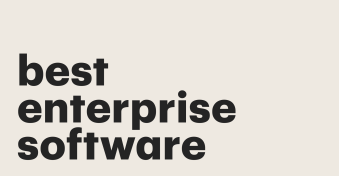With the world of sales always growing and changing, businesses have to be sure to stay on top of the most important trends and processes, including the inbound sales methodology.
If you’re wondering what inbound sales are, how you can make them, and what the relevant best practices are, you’ve come to the right place.
We’ll be going through all the details on inbound sales, starting with a definition.
What is inbound sales?
The term “inbound sales” describes a particular kind of sales approach.
This approach can be described in one word; “modern” Let’s break down exactly what we mean.
Inbound sales works by drawing leads in with inbound marketing materials.
These materials should showcase your company’s products in the best possible light, demonstrating their amazing value and highlighting their most useful features.
In other words, inbound sales as a practice is built around attracting buyers through targeted, content-based outreach efforts.
Traditional sales, on the other hand, doesn’t have this same focus on either content or qualifying leads before the first interaction.
It’s more of an old-fashioned hard sell.
That’s what makes inbound sales modern, and what distinguishes the approach from legacy methodologies.
What is the difference between inbound sales and outbound sales?
As we’ve established, inbound sales is all about drawing promising, qualified leads towards your business using well-crafted content.
It also emphasizes the importance of creating strong relationships between your company and its customers, so they’re more likely to stay loyal.
Outbound sales don’t quite work that way.
Instead of focusing on the importance of prospective inbound leads having a genuine interest in your products, outbound sales would have you contacting people who don’t necessarily have any connection to your company or products.
We’ll make the difference between the two approaches clearer by showing you some of the most common sales tactics that each approach uses.
Inbound sales teams would typically focus on:
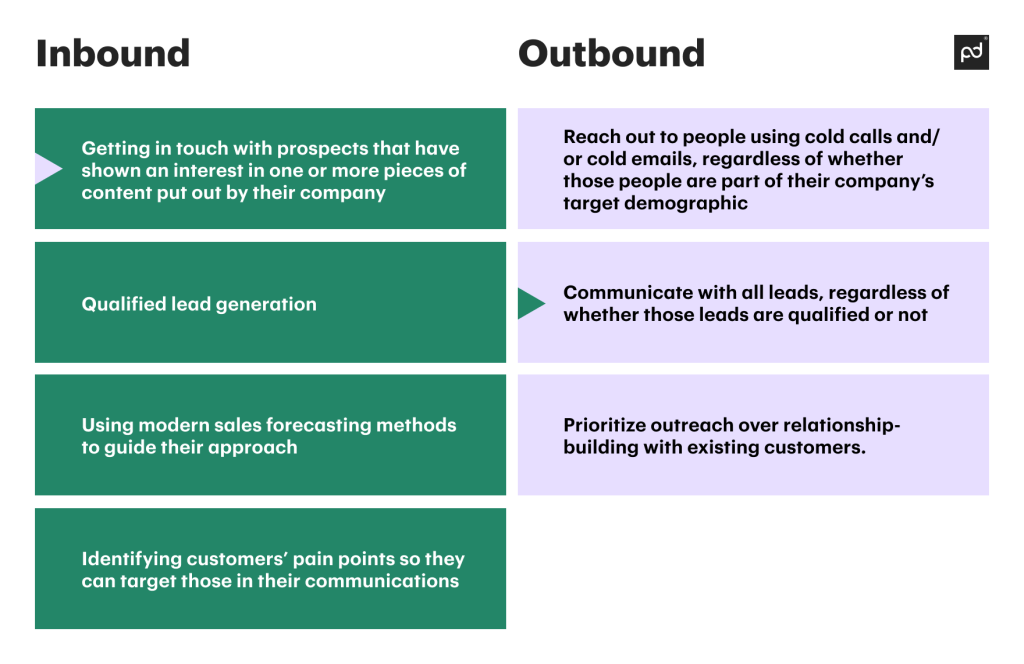
So, in short, outbound sales teams are typically made up of legacy salespeople using older methods.
Inbound teams, on the other hand, are full of salespeople who use newer, more cutting-edge approaches to drive sales and improve customer relationships.
What are the benefits of inbound sales?
It’s clear that inbound sales is a newer approach, so why should you risk moving over to something new instead of sticking with familiar methods?
The following factors should provide incentive.
These advantages come to those who choose inbound sales over legacy approaches.
Of course, this is a non-exhaustive list, and inbound sales has the potential to do even more for your business if you use it well.
Draws in quality traffic and leads
You might have heard people say that you’ve always got to maximize the amount of traffic your website and other channels get, and that this is how you drive sales.
That’s… not the whole truth.
Yes, it’s a good thing to have more traffic.
The more people see your content, the more sales can happen, after all.
However, high traffic levels ultimately mean nothing if those crowds don’t include any interested prospects.
What you really need is quality traffic made up of as many interested, engaged prospects as possible—and this is exactly what inbound sales gets you.
Inbound salespeople understand the importance of attracting people who truly seem like they’re going to become paying customers.
They know when to use lead generation vs sales prospecting, and they’re well aware that it’s better to have 50 promising, interested leads check out your channels than 500 unqualified, disinterested, or random leads.
By using inbound sales, you’ll ensure that the majority of the traffic you get is from people who have a good chance of becoming customers.
You’ll know that the leads your sales teams spend time nurturing are more likely to pan out, making their time and effort worthwhile and boosting your overall sales.
Develops trust
If a stranger walked up to you in the street and asked you to buy their products, would you do it?
Chances are, you’d ignore them or tell them no.
That’s because they haven’t taken the time to get to know you, build trust, or find out if their product is actually relevant to you. So why would you take their word for anything?
Inbound salespeople understand this very well.
That’s why inbound sales emphasizes the importance of understanding each buyer’s needs, and of building up a friendly relationship with every prospect.
This ensures that your salespeople are never random strangers, but can instead become trusted advisors whose input is valued by customers.
As an added bonus, this also means your CRM (Customer Relationship Management) improves drastically.
Customers get a chance to really get to know your salespeople, and vice versa, meaning your sales teams can easily identify how to help customers have the best possible experience with your brand.
Enhances sales and marketing strategy
It can be tempting sometimes to look at every department in your company as a separate unit.
However, those units should all be working towards a common goal and they can do that best when they work collaboratively.
In other words, your marketing team needs to work closely with the sales department to optimize your overall sales process.
Inbound sales helps make sure exactly this happens.
Your marketing team is responsible for creating content that will engage prospective buyers.
Your inbound sales team can then use that content to draw in qualified leads, ensuring they’re interested in what your marketing team is pushing and that both teams support each other.
Improves ROI
The better your ROI, the more value you get back in exchange for investing in something.
In the case of inbound sales, you get great ROI from investing time and energy into nurturing leads.
With outbound sales, you can’t be sure which leads will pan out, and so your team ends up putting a lot of work into nurturing leads that don’t go anywhere.
The opposite is true for inbound sales.
Since your leads are already interested and engaged, they’re far more likely to convert to buyers, so any effort that goes into keeping them interested yields better results.
Of course, that also means you get more ROI on any training you give your inbound sales agents.
Giving them more resources helps them drive those conversions steadily upwards, ensuring the investment was worthwhile.
Reduces costs
When the majority of the leads your team works with have already gone through the qualifying process, you don’t have to invest time or money into trying to put non-suitable leads through that process.
That means saving money.
Also, since inbound sales agents communicate primarily with engaged prospects, you get to take those prospects through the sales funnel much more quickly.
That means your inbound sales teams can speed up slow sales cycles, once again saving you time and money.
Educates target market
It would be amazing if your target audience could take one look at your logo and immediately know everything about your brand.
Sadly, that’s just not realistic, so you’ve got to settle for doing the educating yourself, as a company.
When you use inbound sales strategies, members of your target market can learn more about your product and company by:
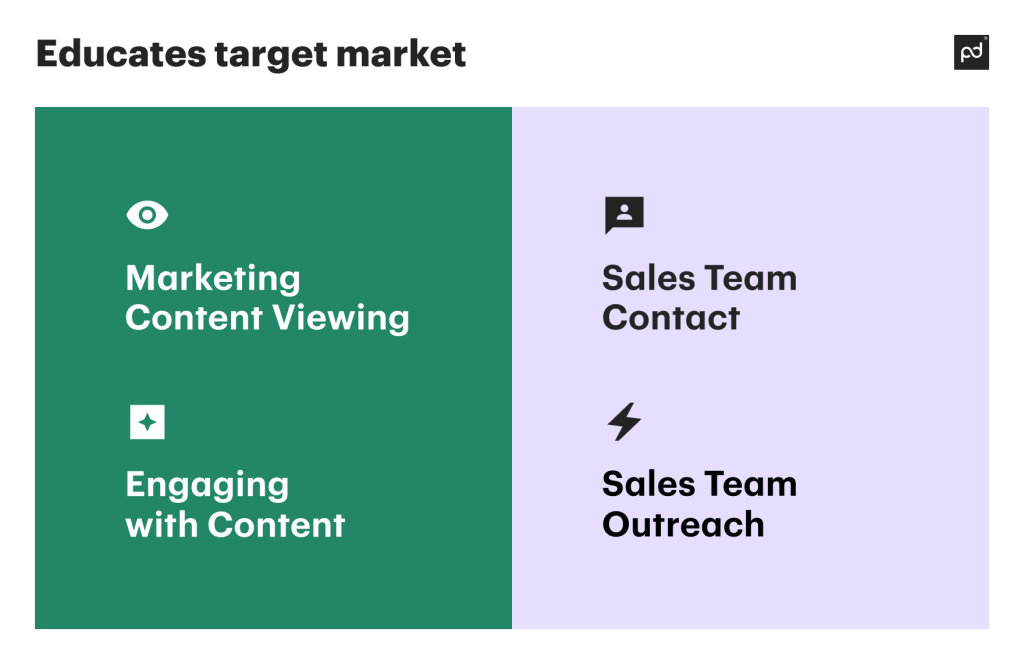
- Viewing your marketing team’s content
- Interacting with that content, such as by commenting on social media posts
- Reaching out to your sales team on any platform
- Having a member of the sales team reach out to them.
This shows that your target market has plenty of opportunities to learn.
Perhaps more importantly, every single time they see or interact with your brand in any way, they’ll be doing so in a way that promotes greater education levels, since every piece of content is designed with this in mind.
Understanding the buyer’s journey
Of course, salespeople of all kinds need to know everything there is to know about their leads’ buying journey, and inbound salespeople are no exception.
The more they know about each stage of the buyer journey, the better they can tailor their approach and communications.
You wouldn’t go into sales as a small business without knowing all about the kinds of sales forecasting methods small businesses can use, after all.
It’s best to arm yourself with knowledge.
That’s why we’re going to walk you through the steps of the buyer journey:
Awareness
The entire buying process begins with the awareness stage.
Leads start this stage when they’ve got some kind of problem or pain point they want to address.
Maybe they’re a large company that wants to reduce employee churn, for example, or maybe they’re an individual who wants a tool to help them manage their time.
Your inbound salespeople can help leads at this stage by:
- Asking about their pain points
- Providing information
- Answering questions
- Sharing content created for this stage
- Starting to build a friendly relationship.
Salespeople shouldn’t be pitching products at this stage.
The goal, instead, is for your team and your prospective customers to learn about each other and create mutual trust.
You’ll want to show them why your product adds value to their experience, without launching into a sales pitch.
Consideration
The consideration stage begins once a lead has started to take a genuine interest in your company and its services or products, beyond a passing glance.
It’s still not a stage built for hard selling.
Your salespeople should focus on emphasizing how your products address their pain points, rather than pressuring them to buy buy buy — this shows them you’re trustworthy and interested in helping them.
Bear in mind that during this stage, your company might not be the only one your leads are interested in.
They’re considering their options, so it falls to your inbound salespeople to prove why your brand is worth it above all others.
Decision
The decision stage begins when your leads become active buyers.
They’ll have weighed up all their options, and come to a buying decision.
If everything’s gone right, that decision will mean purchasing one or more of your products.
Even though their actual decision-making process has concluded, your salespeople can’t assume that the conversion is final until after the lead has made their first purchase.
They’ve got to approach things carefully, helping without pressuring and upselling without overstepping.
Steps involved in the inbound sales process
In order to make your team’s inbound sales techniques as effective as possible, it’s important to make sure you understand the inbound sales process in detail.
That’s why we’re going to walk you through the stages of the inbound sales process.
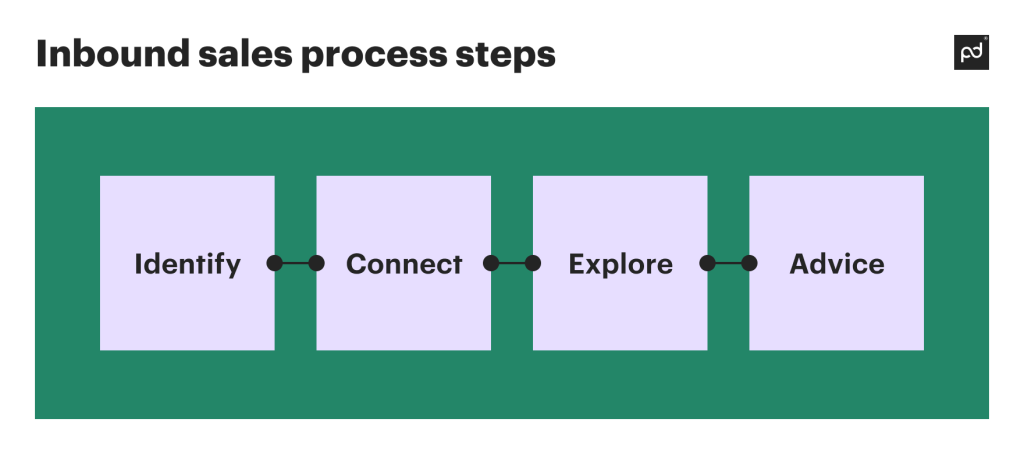
1. Identify
Before you can start attracting the ideal customer, two things have to happen:
- You need to figure out what your ideal buyer looks like
- You have to know where you can find them.
Armed with this information, you’ll be able to identify promising leads very easily.
You’ll also be able to reach them more effectively, because you’ll know where they spend their time and how you can connect with them there. This takes us to the next stage.
2. Connect
Your potential customers don’t go from leads to loyal customers on their own.
You’ve got to reach out to them via your inbound sales team, and then start building up a strong connection.
In this stage, you’ll want to avoid coming off like you’re only talking to them to push products on them.
Instead of “hi, would you like to hear about my amazing product?”, try “hi, how are you today?” and go from there.
Of course, it’s not always easy for each individual inbound sales rep to connect with lots of prospective customers all at once.
That’s what sales collaboration tools are for, and how they can help your business run more efficiently.
3. Explore
Now that your potential customer knows who you are and what you do, it’s time to deepen the relationship, and to follow up on any pain points they may have brought up.
At this stage, they’ve begun to trust you.
It’s important to keep that trust going by not immediately turning around and trying to force them to buy something. That’s the quickest way to break any trust and lose a lead.
Instead, try approaching them as you would a friend who’s trying to solve a problem.
Be friendly, be open, and most of all, listen when they tell you what they need.
You can get the most out of the Explore stage by communicating regularly with leads.
Better yet, you can capture more leads with appointment scheduling; this should be an essential element of your inbound sales toolkit.
4. Advise
You might be wondering, “is now the time to launch my sales pitch?”, and if this were outbound or legacy sales, it would be.
However, we’re focusing on inbound sales now, and inbound sales don’t thrive on sales pitches.
They work by connecting with, and advising, potential buyers.
So, that’s what your team will be doing in this stage.
When giving advice, it’s important to always show how the products you’re recommending add value and address or resolve pain points.
It’s not about “this product is so cheap, you should get it”.
It’s about “this product will help you with the problems you mentioned, and make it easier for you to accomplish all your goals”.
Some inbound sales channels to consider
Which channels are the most useful in guiding leads towards a purchasing decision?
We’ll show you some of the best channels your marketing team can start using to support the efforts of your sales reps.
The channels we’ve compiled below are going to help you drive more conversions and handle inbound sales optimally.
Please note, however, that the list isn’t exhaustive.
You can also use other channels, such as leaving voicemails or inviting leads to webinars, to educate and nurture leads.
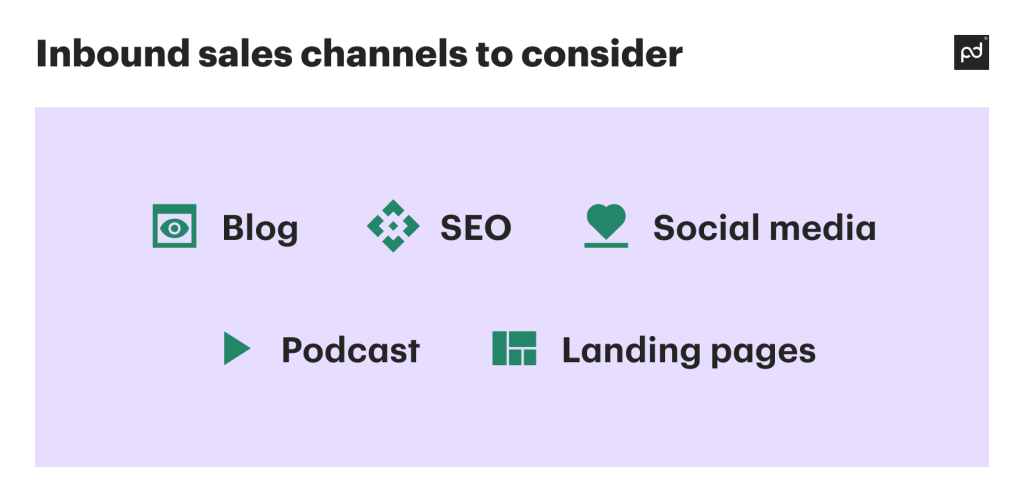
Blog
Whether it’s run by your marketing or sales teams, a blog is an amazing resource for inbound sales.
This is true for a few reasons:
- It’s full of resources to direct leads to
- You can update it as and when you need to add new information
- Guest posts and comment sections make blogs more interactive
- It’s a great touchpoint for educating prospects.
Blogs let your leads browse at their leisure, ensuring they only consume content they’re already interested in.
They’re also spaces where you can elaborate at length about products and more.
This lets you prove your company can add value to customers’ experiences without saying it.
SEO
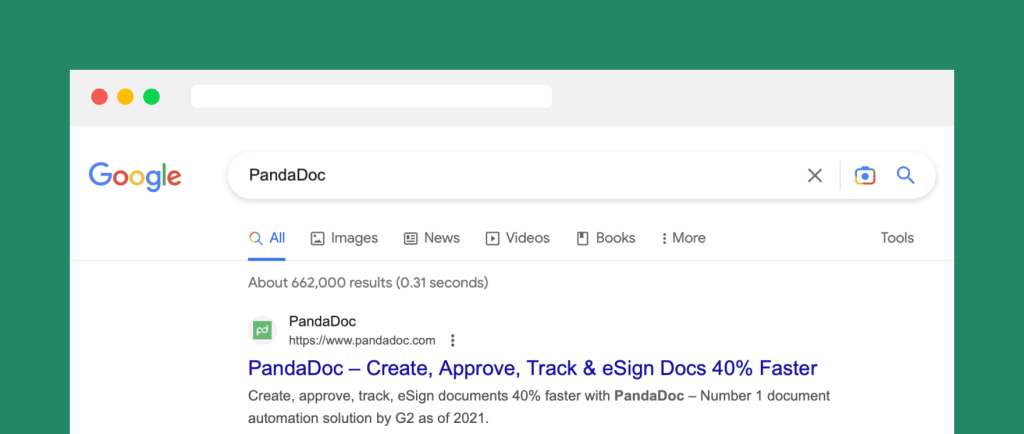
If you’re searching for a new product, are you more likely to pick one that shows up on the first or fifth page of search engine results?
SEO (Search Engine Optimization) is all about helping your company page stand out to anyone who enters relevant keywords into Google, Yahoo, Bing, or other engines.
It ensures that customers who look for words relevant to your company see you before they see your competitors.
Social media
Modern-day sales professionals need to know all about social media, because it’s where the customers are.
Whether it’s by making posts on LinkedIn, sending messages on Facebook, or sharing videos on TikTok, your sales team can really make the most of using social media in their inbound sales strategy.
You can show customers you care about their convenience by meeting them where they’re already spending time.
This also makes it easier for them to get in touch with you if and when they want to know more.
Podcast
Not everyone is a visual learner.
That’s why catering to more people by offering podcast content is always a good idea.
If you’re not as familiar with creating this type of content as others, you can always fall back on templates to shape the structure of your episodes.
This channel also doesn’t require prospects to share all of their contact information — if they’ve given you an email address but not a phone number, you can still engage them with podcast content.
Landing pages
One of the main unifying factors across multiple kinds of sales tactics is to create tailored, targeted landing pages to funnel leads to.
These pages contain enough information to entice the reader, but never so much as to overwhelm or confuse them.
Landing pages are like appetizers: They give your viewers a taste of what’s to come without jumping straight to the main course.
Tips for an effective inbound sales strategy
Lastly, it’s time to consider some of the best practices you can use to ensure that each of your inbound sales strategy phases progress seamlessly.
Before we show you our tips, there’s one general piece of advice we can share: It’s always worth automating sales processes to support your sales reps.
That’s because automation takes some of the weight off their backs, giving them the room they need to focus on tasks that can’t be automated.
Create distinct buyer personas
The whole inbound methodology relies on being able to build up strong relationships with customers, and doing so quickly.
Of course, that’s easier said than done.
One way to make it a reality is by creating buyer personas, then matching leads to your personas and approaching them accordingly.
Personas should include details on the leads’ demographics, as well as the channels they prefer and the communication styles they favor.
This helps inform salespeople’s approach and ensures they’re always reaching out in a way that feels appropriate and organic to the lead in question.
Lead prospects through your sales funnel
You can’t have a sales development toolkit without including a well-crafted, detailed sales funnel.
Likewise, your inbound sales teams can’t drive conversions if they’re not actively guiding leads and prospects through that funnel.
Left to their own devices, leads might progress through the funnel, or they might not. It can also take a long time.
Make sure your team stays focused on leading prospects through the funnel, so the prospects don’t have time to stagnate or lose interest.
Once they’ve started on their journey, it’s up to the inbound sales team to make sure they complete it.
Identify the target market for products or services
You can’t sell to people who have no need for, or interest in, your products.
That would be like trying to tell a group of vegetarians about your favorite steak restaurant.
At best, they’ll politely switch topics. At worst, they’ll think you don’t get them at all.
This is why target markets are so important.
Your inbound marketing teams need to know exactly whom their campaigns are aimed at, so that they can properly attract those people.
This also ensures content is properly tailored to the people who are intended to consume it.
However, the importance of target markets isn’t limited to the people devising your inbound marketing strategies.
Inbound sales teams need to be in the know as well.
As the Personas section mentioned, it’s vital to adjust your sales approach depending on the types of people you’re speaking to.
In the same way, your teams have to know what their target market looks like, or they won’t have proper guidelines for shaping their approaches.
Personalize the shopping experience
Inbound salespeople have to earn the trust of their leads.
And how can they do that without making every lead’s shopping experience personal?
Nobody likes getting marketing emails or sales messages that sound like they were written by robots, after all.
Personalization can take on a few different forms. You might:
- Learn the lead’s name and preferred form of address
- Speak with them on their favorite platforms, excluding any they don’t like
- Tailor your advice and recommendations to their tastes
- Adjust the way in which you present information. Fexample, if they’re concerned about pricing, mention this early on.
- Communicate with them on a timescale that suits them
- Use the kind of language they’re most comfortable with.
As long as you’re contributing to making their shopping experience feel unique and tailored, you’re heading in the right direction with regards to personalization.
A more targeted approach with inbound sales
Your sales techniques should always be conducive to more effective selling, and that’s exactly what inbound selling is all about.
By adopting an inbound sales methodology, you can ensure you’re attracting promising leads that are genuinely interested in your products.
Your sales reps won’t have to waste time dealing with people who were never going to become paying customers; instead, they can focus on driving conversions among prospects.
In short, you can better target the right people with inbound sales.
PandaDoc for sales helps save your sales reps time, too, by streamlining the whole sales process. Sign up for a free 14-day trial to find out more about how that could help you.
Disclaimer
PandaDoc is not a law firm, or a substitute for an attorney or law firm. This page is not intended to and does not provide legal advice. Should you have legal questions on the validity of e-signatures or digital signatures and the enforceability thereof, please consult with an attorney or law firm. Use of PandaDocs services are governed by our Terms of Use and Privacy Policy.

